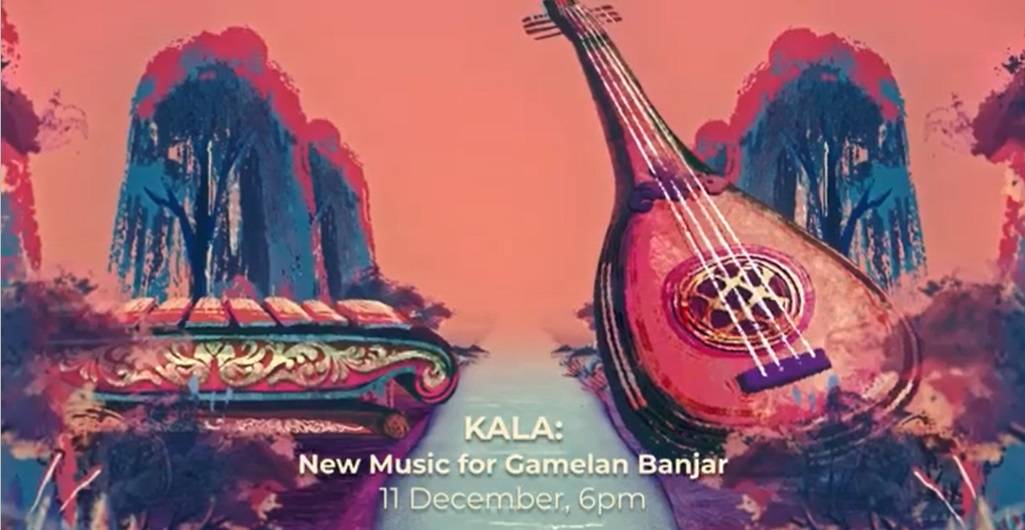UNEARTH THE CULTURAL GEMS OF THE BANJAR COMMUNITY
A spotlight on Singapore’s smallest sub-ethnic Malay community at the Malay Heritage Centre’s special exhibition and Malay CultureFest 2020
(Singapore, 27 November 2020) “Haram manyarah waja sampai kaputing”: Let not the steel (of a blade) stop short until its very point. This popular idiom of the Banjar community, Singapore’s smallest sub-ethnic Malay community, reminds the Banjar to undertake all endeavours with determination, and encapsulates the spirit of this resilient community. The influence of this idiom permeates the storied history of the Banjar community in Singapore – from how they held their own unwaveringly amidst the uncertainties of the colonial era, their establishment of a flourishing Diamond Village in the heart of Singapore, to their ongoing efforts to safeguard their rich cultural identity through artforms like wayang banjar and even kuih-making.

From 28 November 2020 till 25 July 2021, the Malay Heritage Centre (MHC) will shine a spotlight on this lesser-known community in its latest special exhibition, Urang Banjar: Heritage and Culture of the Banjar in Singapore. Urang Banjar is the fifth instalment in MHC’s Se-Nusantara series of community co-curated exhibitions on the ethnic and cultural diversity of the Malay community in Singapore. The exhibition complements MHC’s annual Malay CultureFest, which returns from today to 13 December 2020 with diverse on-site and online offerings.

Ms Asmah Alias, General Manager of MHC said, “As visitors unearth these stories of the Urang Banjar, they will discover the intertwining histories of the Banjar community in Kampong Gelam, Singapore, and the wider Malay Archipelago – such as how the diamond trade in Singapore first took root right in the heart of Kampong Gelam at Kampong Intan (Diamond Village) with the Banjar traders. Through the personal insights and stories of the Banjar featured in both Urang Banjar and Malay CultureFest 2020, we hope to stimulate an even richer understanding of Singapore’s history and cultural heritage. A common theme of their stories is also the immense resilience that underpins this small community – which we hope will prove to be aspirational in these times of uncertainty.”
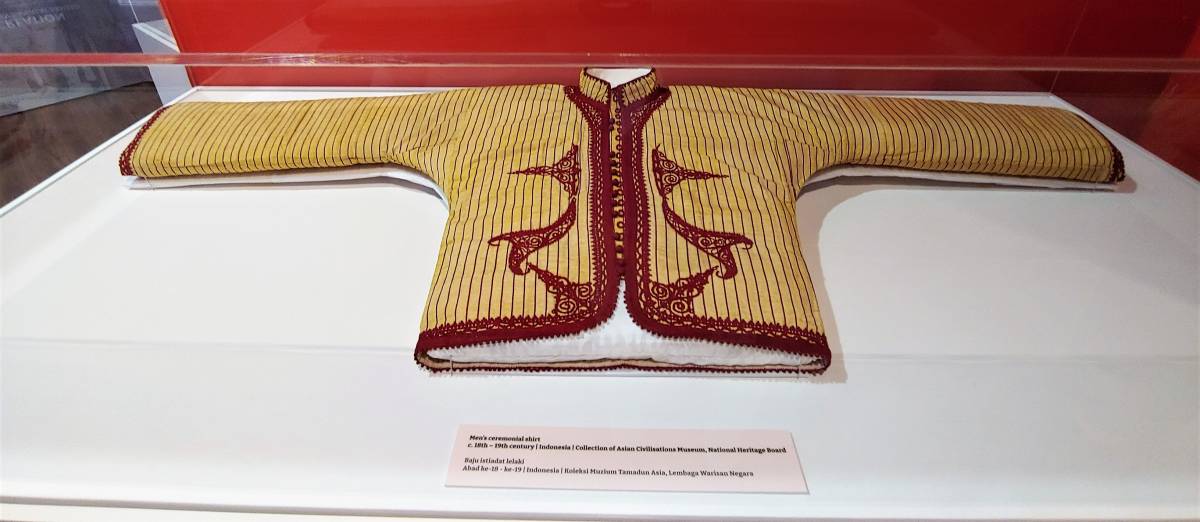
A Spotlight on Stories From The Community
Featuring ethnographic objects, photographs, community stories and treasured family belongings, Urang Banjar brings together over 100 exhibits that trace the migration history of the Banjar community into Singapore, and highlights the contributions of the Banjar in the fields of entrepreneurship, Islamic scholarship and language. MHC also worked closely with the local Banjar community to weave in their insights and anecdotes, and showcase more than 30 of their loaned artefacts across two special exhibition galleries, alongside objects from the National Collection and institutional loans. Visitors can also watch these artefacts come alive through an Augmented Reality experience set up in collaboration with students from the Singapore University of Technology and Design as they navigate the galleries. This is a first for an MHC exhibition. 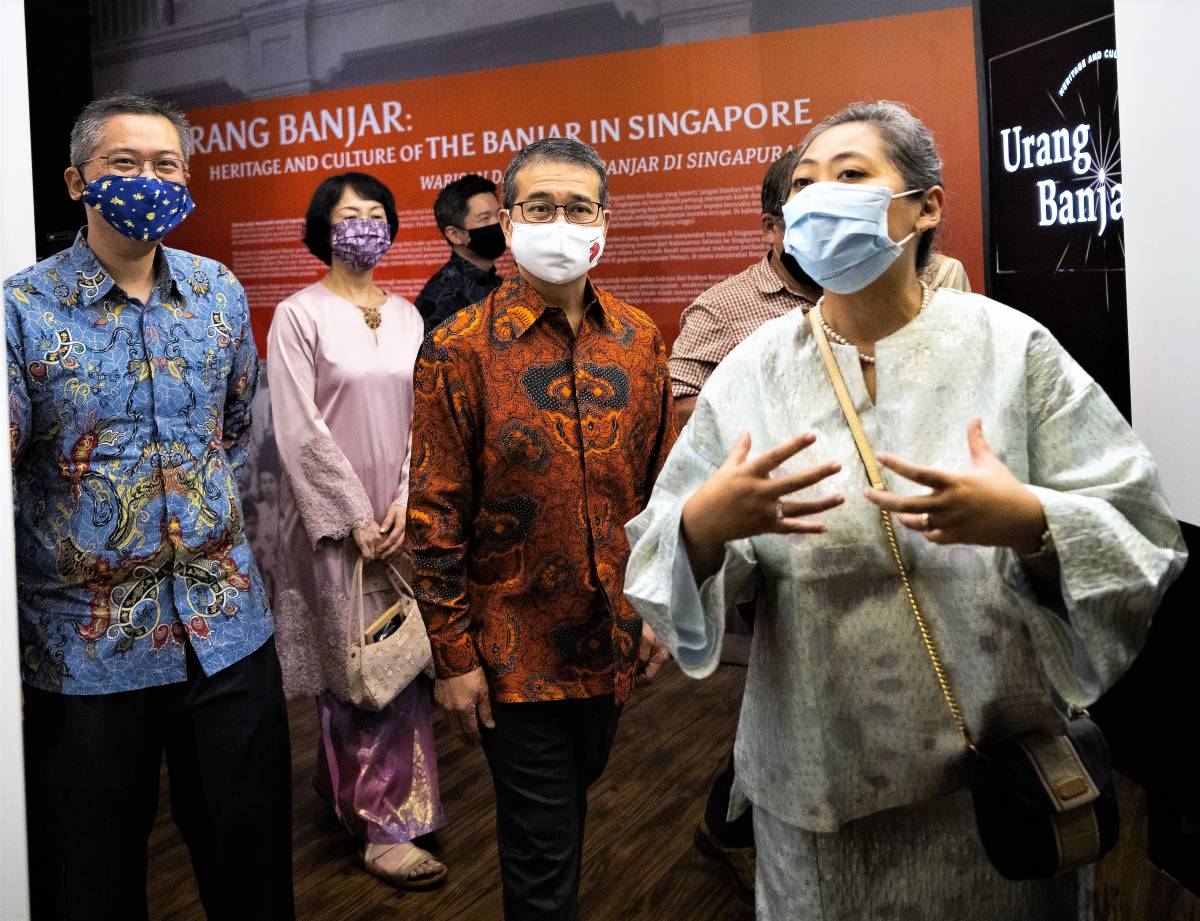
One such community contributor is heritage enthusiast and passionate Banjar community researcher, Abdul Latiff bin Omar (or Cikgu Latiff as he’s affectionately known as). Cikgu Latiff said, “Many people have not heard of the Banjar community – but our presence can actually be traced within the history of Singapore as well as the wider Malay Archipelago. Over the years, I have amassed a large collection of Banjar-related memorabilia as well as family heirlooms which are all on display in my home, which is akin to a mini-museum. I am very happy to “upsize” my personal museum with this showcase at MHC, and hope that the exhibition will encourage a deeper appreciation of and instil greater pride amongst young Banjar for their heritage and culture.” Cikgu Latiff is a descendant of a prominent Banjar diamond merchant pioneer in Singapore, Haji Osman bin Haji Abu Naim.

Highlights of the artefacts on display include a replica of the Banjarmasin Diamond – originally a hefty 77-carat uncut stone set in a gold pendant which once belonged to Sultan Panenleka Adam of Banjarmasin and is widely regarded as a ‘war booty’ today – the diamond was seized by the Dutch after civil war erupted following the Sultan’s death in 1859 and subsequently cut into a 44-carat gem; a Dinding arguci textile with gold embroidery – a traditional form of embroidery that originated from the Banjar Regency of South Kalimantan and is typically used for weddings; a model of a rumah panggung (raised house on pillars) – constructed from memory by Mohd Gazali bin Mohd Arshad, a descendant of the Banjar diamond industry pioneer known as Haji Mahmood and nephew to Haji Mohamed Sanusi, the first Mufti of Singapore; and a bridal headdress that reflects a blended style of Malay, Chinese and even Art Deco elements.
Immersive On-Site and Online Programming With A Spotlight On Banjarese Cultural Heritage
The MHC’s annual Malay CultureFest showcases the diversity of Malay artistic and cultural expressions in Singapore and this year’s edition also focuses on Banjarese cultural heritage. Co-presented with various community partners, Malay CultureFest 2020 promises two fun weeks of heritage (27 November to 13 December 2020) with a myriad of more than 20 on-site and online programmes for all ages. From the comfort of their own homes, members of the public can also access the Malay CultureFest microsite (https://www.malayheritage.gov.sg/mcf2020), where they can try their hand at making uncommonly found Banjarese dishes; revel in gamelan or wayang performances with a Banjarese twist; or gather their children for a dramatised retelling of Malay folktales.
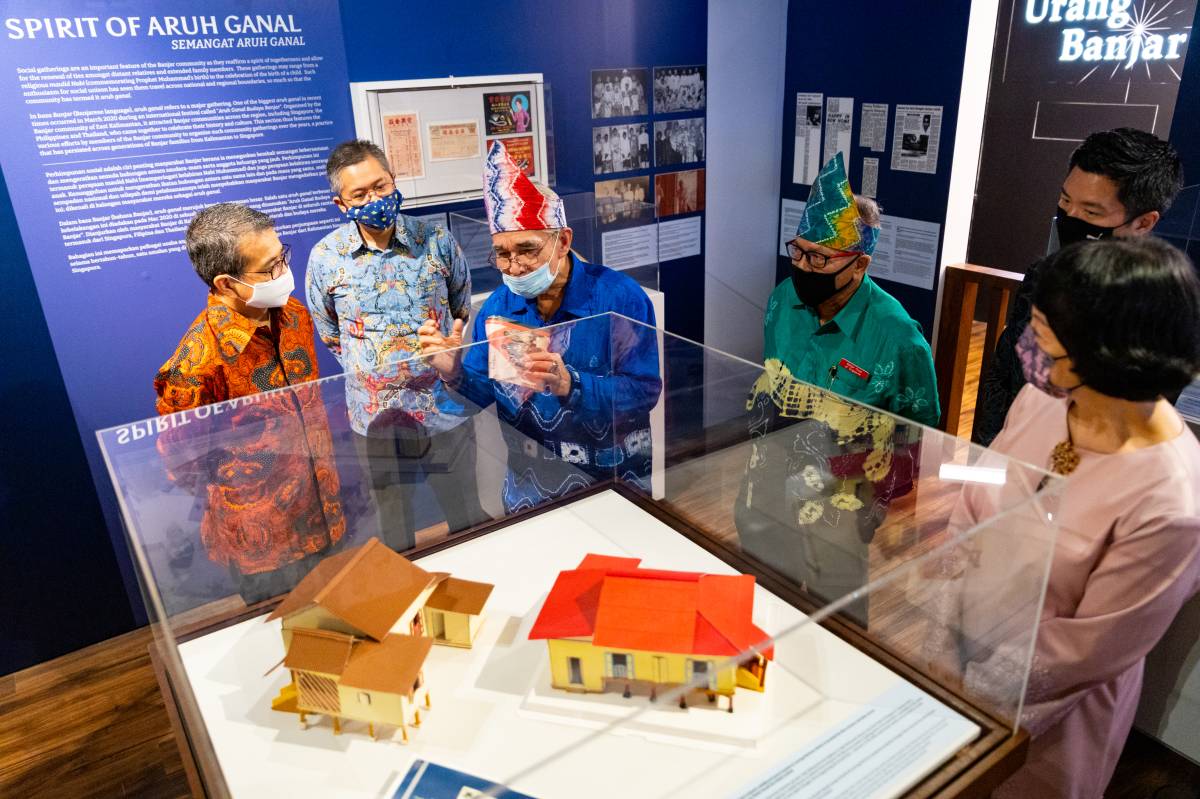
Highlights of Malay CultureFest 2020 include:
● Lintas Nusantara – An annual collaborative dance showcase featuring dancers and musicians from Singapore and across the Malay Archipelago. Over two evenings, audiences can enjoy both ensemble and solo dances from nine different spots in the archipelago, including South Kalimantan, Banyumas and Kelantan, which will feature collaborations with Singapore musicians. The dances explore themes of identity and cultural connections, while the solo pieces reflect the realities of isolation as a reaction to the current pandemic.
● Panting Banjar x Gambus Melayu Performance – Featuring traditional and contemporary compositions on the Oud and the Panting, which are traditional lutes found in the Malay world, audiences can look out for a special collaboration between Singapore and Banjarmasin artists, SG Oudist and NSA Project Movement.
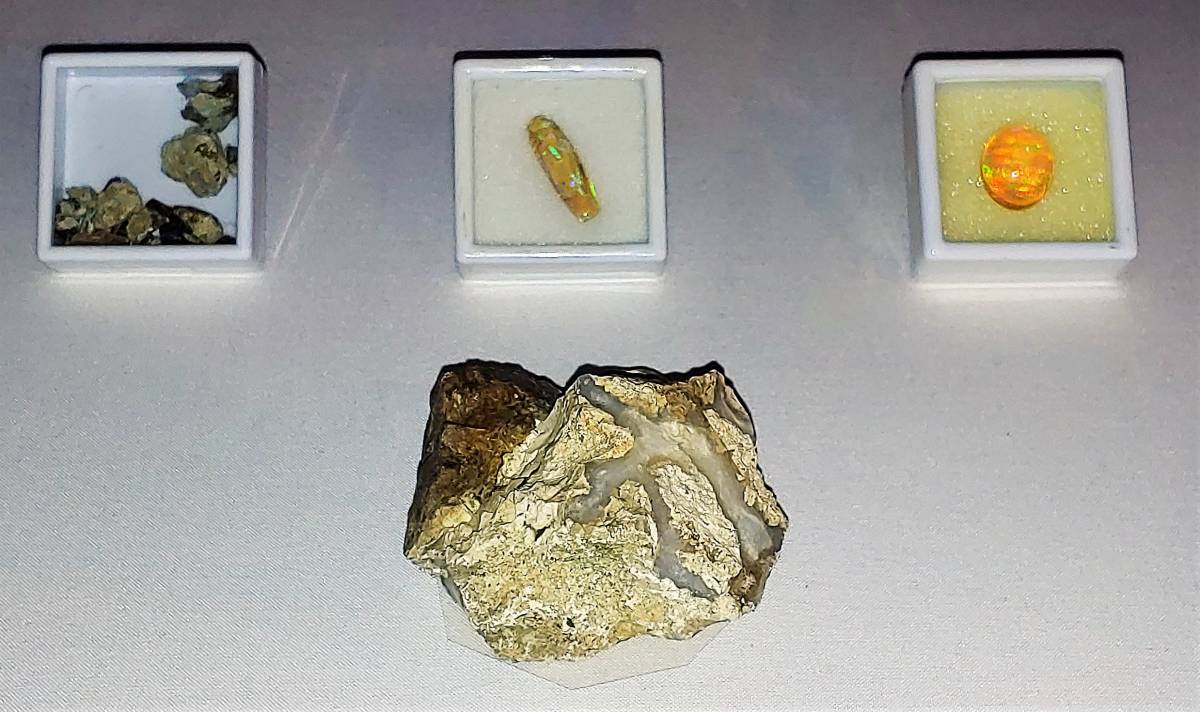
● Kala: New Music for Gamelan Banjar – A gamelan Banjar performance by NSA Project Movement, which is distinctive from the popular Javanese Gamelan with the use of iron instruments and a distinct repertoire.
● Cooking demonstrations of Banjar cuisine – Try your hand at cooking two popular Banjar dishes, Talam Banjar and Bingka Ubi, which are not easily found in restaurants and shops in Singapore.

MHC is also running a host of children programmes alongside the Urang Banjar exhibition, which offers them a fun way to learn about the Banjar. In a tribute to the Banjar community’s roots as diamond traders, children are invited to hop on their on-site excavators to dig for hidden treasures, and to be a diamond trader for a day at My Babak's Studio – an exhibition space inspired by actual childhood memories of two sisters whose father was a Banjarese diamond trader and jeweller. A full list of children’s programmes can be found in Annex C
For more information about the exhibition and festival programmes, please visit www.malayheritage.org.sg
ORDER HERE: fcowanmedia@gmail.com : Or go to Amazon: The Orange-Sofa: Unicorn Eyes: Walking Home


